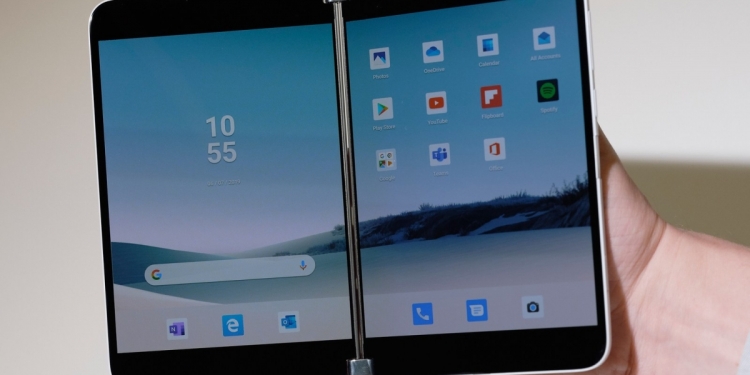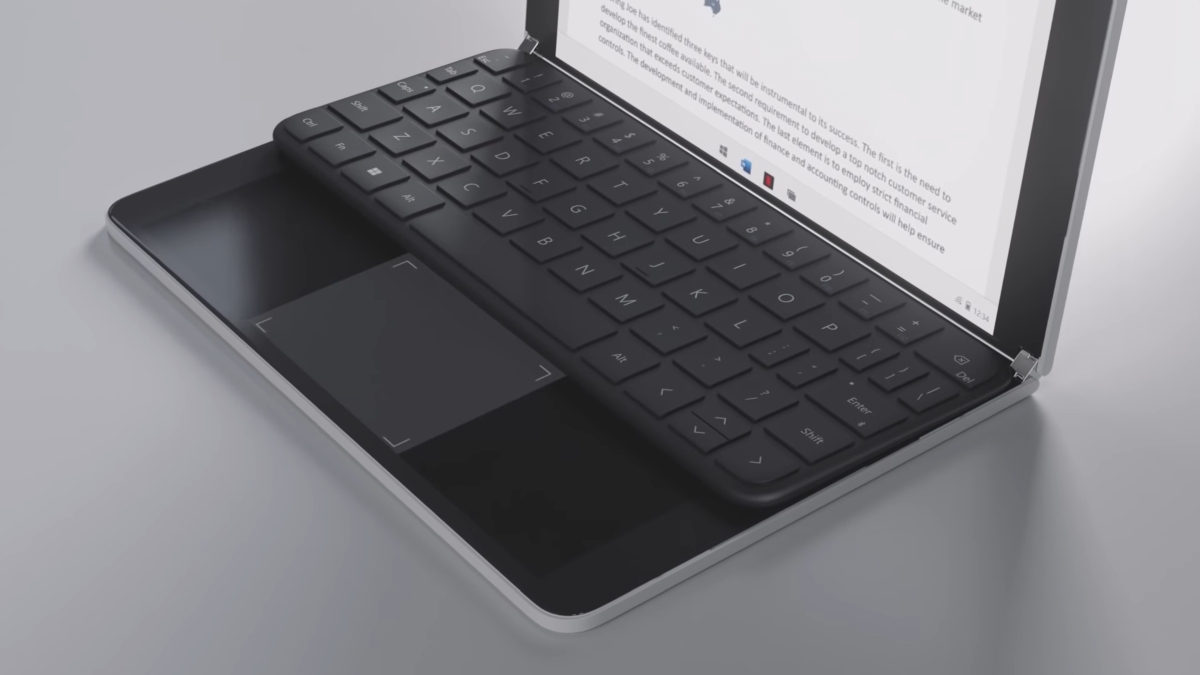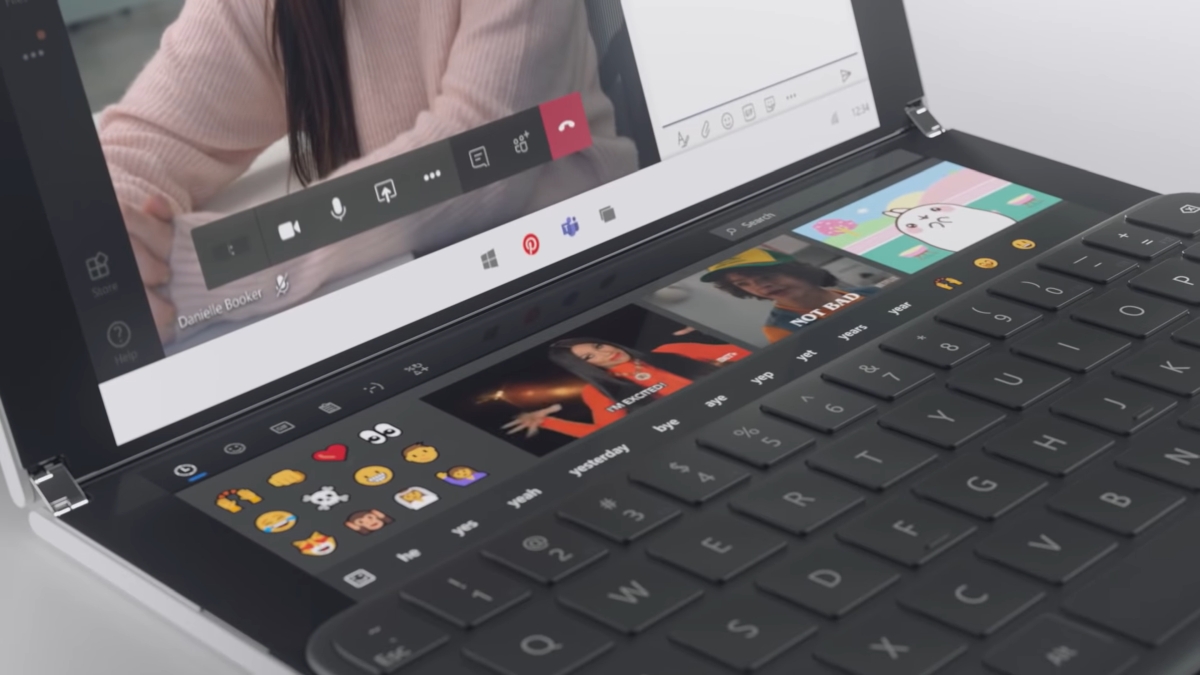I was very hyped for Microsoft‘s rumoured “Surface Phone” back in the day. Maybe it was because I had lingering feelings for Microsoft’s Windows Phone platform from back when I was in college. But, when Microsoft finally announced the Surface Duo, I was left puzzled.
OK, before you get on my butt for me calling it a smartphone, I know that Microsoft doesn’t want to call this a phone. Probably because of how spectacularly they’ve failed in the mobile space in the past, who knows? But, come on! It makes calls, it fits in your pocket, it runs on Android, it’s powered by a Snapdragon processor–it’s a smartphone whether Microsoft wants to call it that or not.
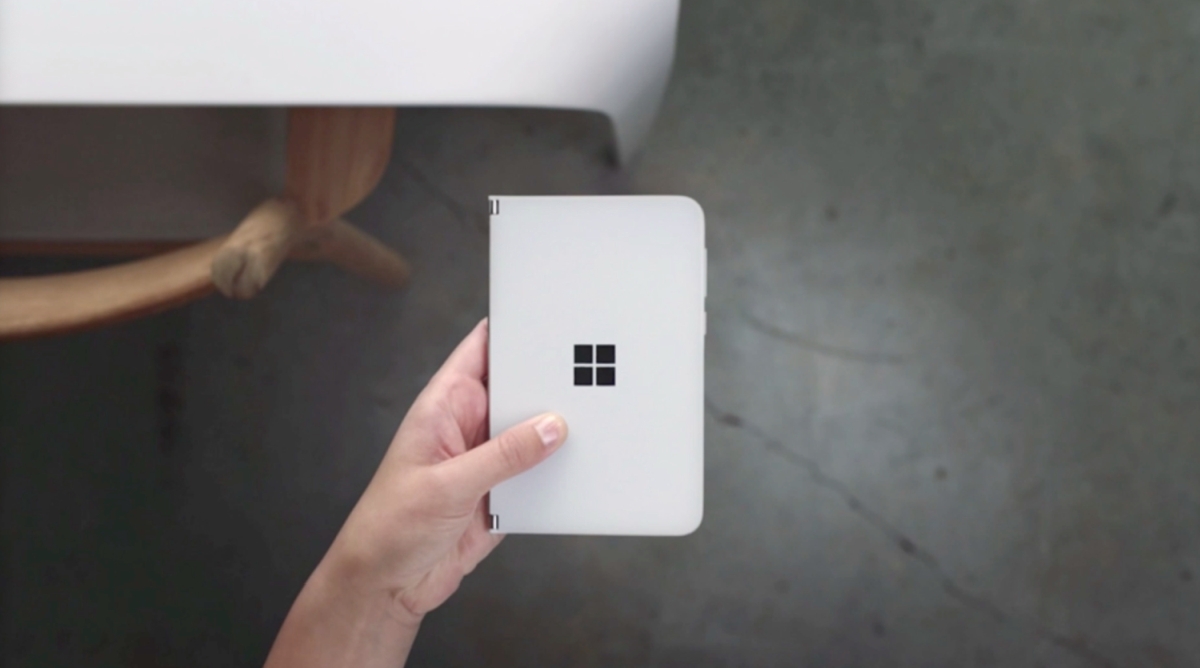
Now, you may have noticed the unique thing about this Microsoft product: It runs on Android. Yes, the software giant who owns the PC space right now with their Windows operating system is using someone else’s operating system for their phone-that’s-not-a-phone.
But, y’know, given their track record with mobile devices, this may be a good thing. Android is really good right now, no matter how much the iOS fans will try to tell you otherwise, and part of me is glad that the Surface Duo won’t be on some new Windows Phone nonsense. Because, that way, all that gorgeous hardware won’t go to waste.
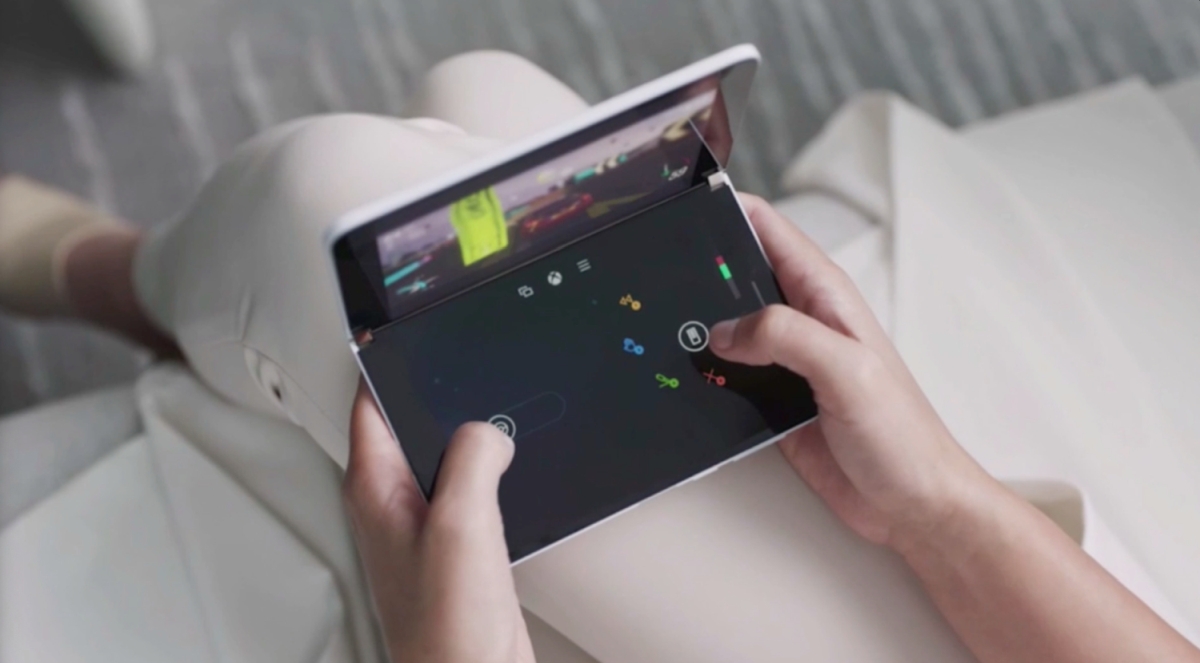
Microsoft’s Surface line has great hardware–there’s no doubt about that. Yes, sometimes they forget the year their product launches in and don’t include a vital port from that time period, but for the most part the Surface devices have always been a thing of beauty. And the Surface Duo doesn’t look like it’ll break that streak.
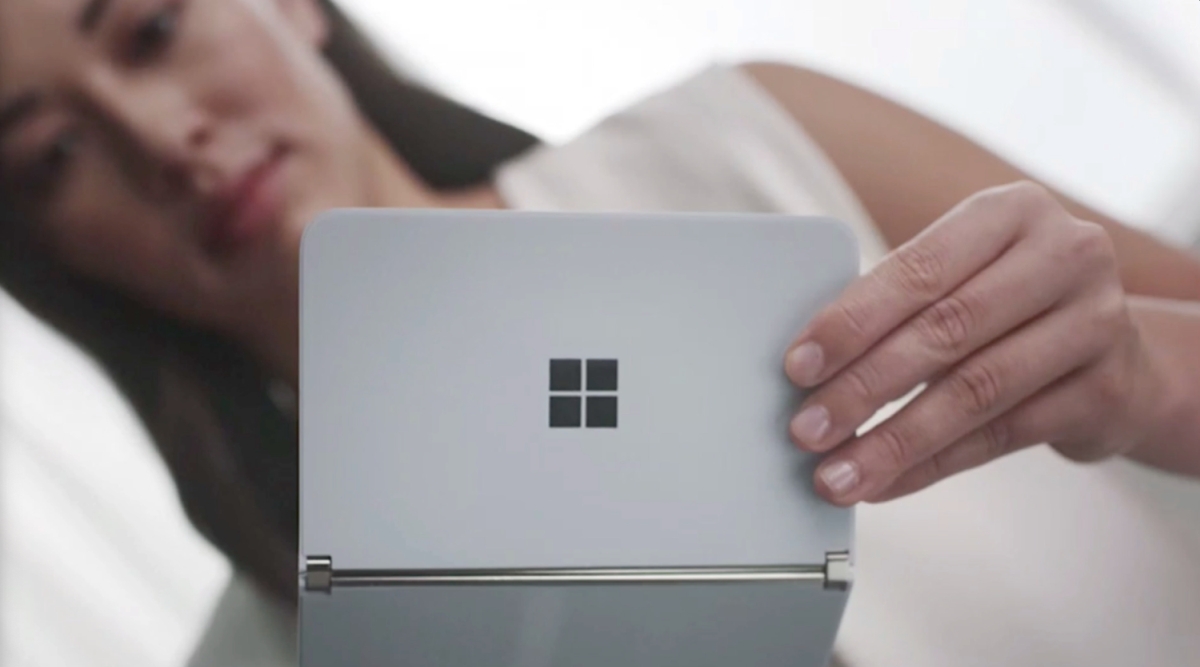
Speaking of hardware, I realise now that I haven’t actually told you what the Surface Duo actually is. Well, basically, it’s a dual-screened smartphone that features one of those 360-degree hinges you’d find on many convertible laptops. This allows you to flip it open, then flip the screen all the way around to the back and use it like a single-screened mobile device. And although some may find this to look a little plain, I think the simplicity in the design looks really clean.
But, as beautiful as it looks, I don’t know if coming up with a dual-screened smartphone is really the way to go. At this point in time, manufacturers are already building smartphones with actual folding displays to a staggering degree of polish. They’re not just taping two screens together with gaffer tape.
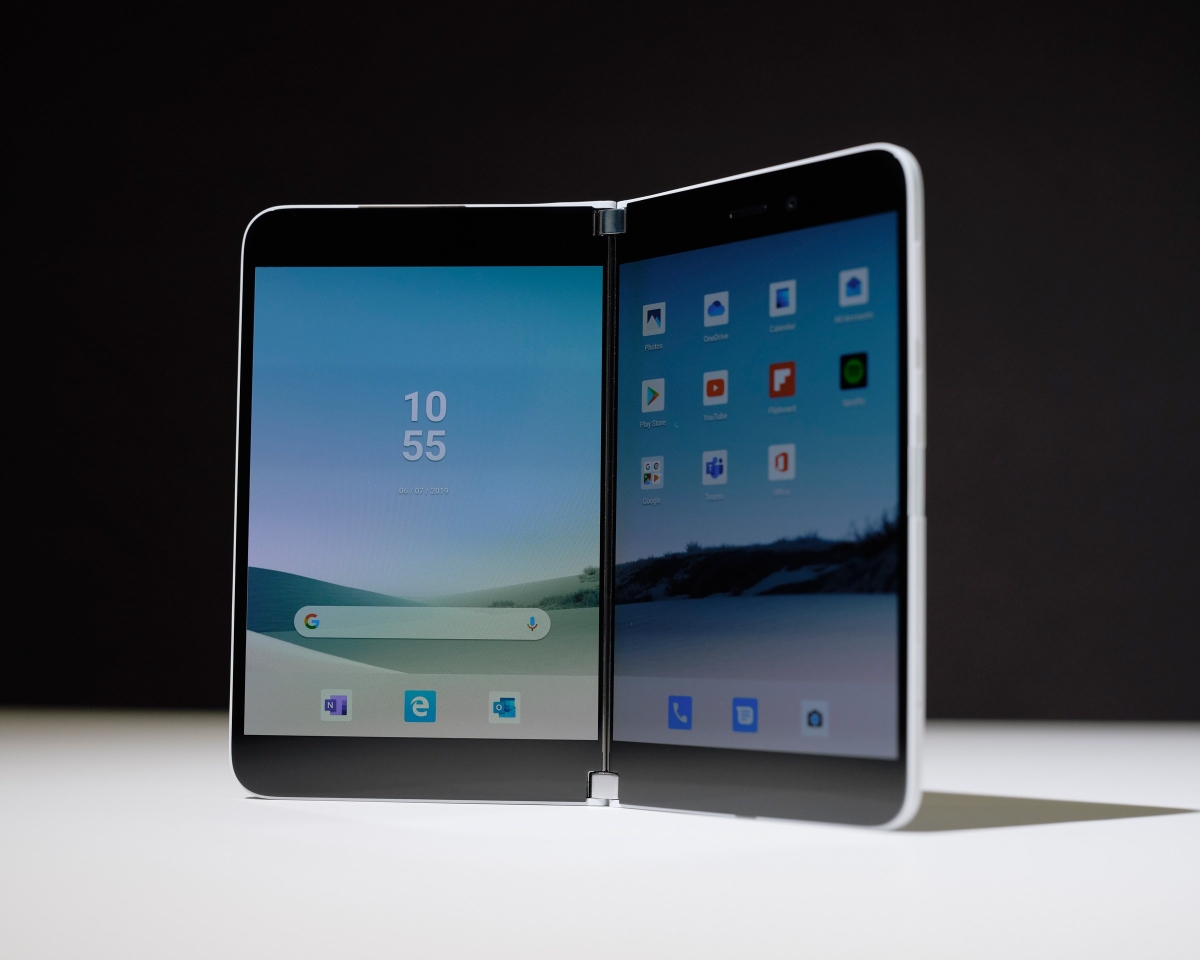
Microsoft told Wired that they weren’t intrigued by the having a device with a screen that can unfold into a slightly bigger screen. That’s why they put all their effort into developing two screens instead. They built something that would work with two displays because they thought it was the better way to do things. I, strongly disagree, but maybe that’s just me. I think the big thing that needs improving for the folding phone isn’t the folding display, it’s the multitasking capabilities. And that’s something I think Microsoft does better than most.
The smartphone market is already really saturated right now with many manufacturers doing amazing things at the high end (which is likely where this Surface Duo will live). Microsoft’s idea here is that they don’t want to compete with that segment of the market–that’s why they’re not calling the Surface Duo a phone. They’re trying to create a new category with this Surface device. But I think if we’re going off that, I’m far more intrigued in the larger Surface Neo.
We’ve all seen the all-screen “laptop” before, but I don’t think I’ve seen one like this. In essence, it’s a larger Surface Duo, but at the same time I think it’s so much more. For starters, it runs on a spin-off version of Windows 10 called Windows 10X, which should mean you get more productivity features built in. It will also be powered by a custom Intel Lakefield processor and have pen support like most Surface devices.
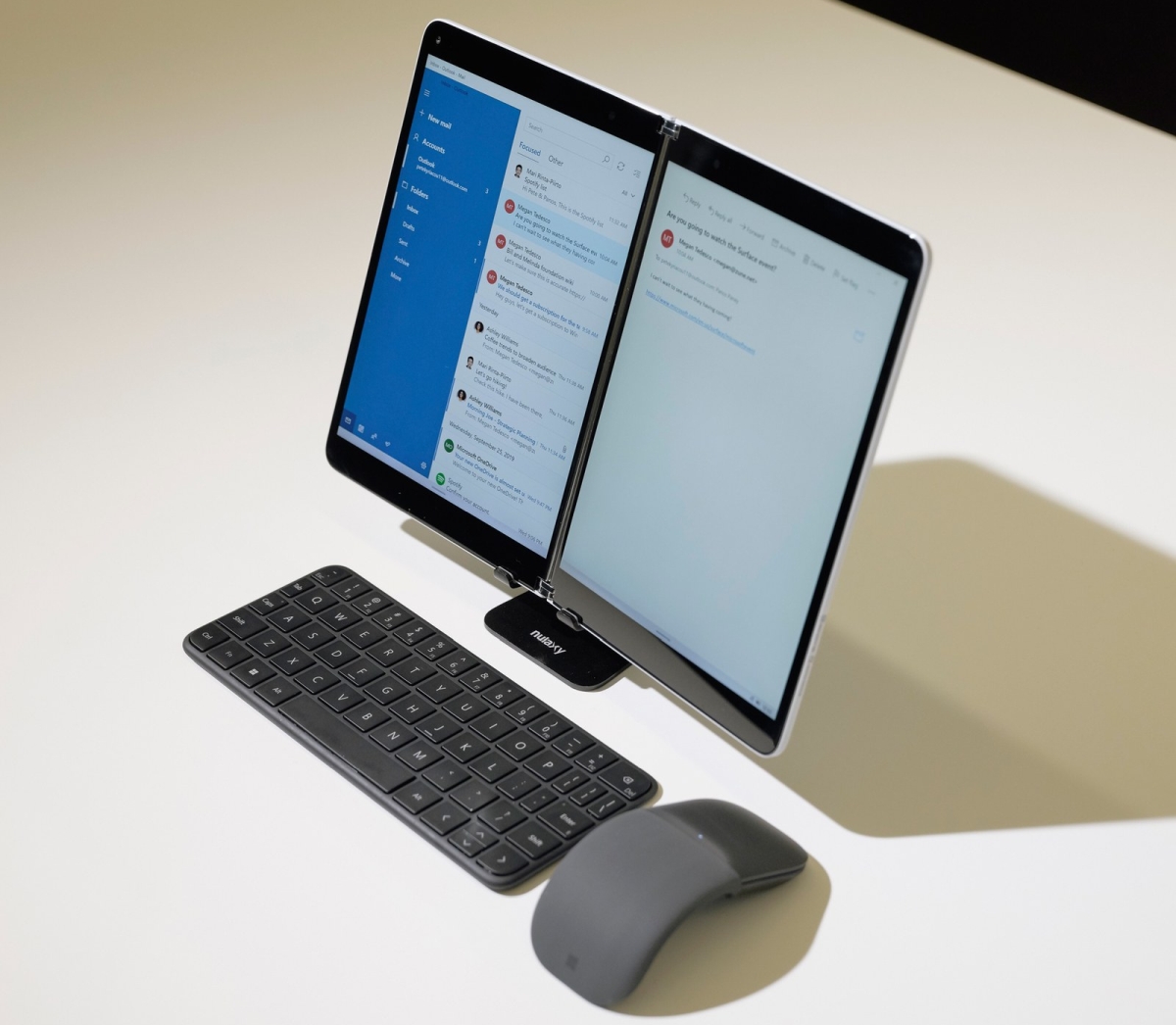
What surprised me the most was how Microsoft’s set up the complementary accessories. The thing I hated the most about the idea of a dual-screened laptop was that I had to type on a screen. I remember struggling to do so on Lenovo’s Yoga Book, and I’m not looking forward to a future where that’s the norm. However, with the Surface Neo, Microsoft’s taken the idea of a physical keyboard and combined it with the dual display device.
With the Neo you can put your keyboard on one of the screens and Windows 10X will automatically adjust the display elements to fit. If your keyboard’s at the bottom, you’ve got a handy secondary screen ala-ZenBook Pro Duo. If you need a trackpad, just slide the keyboard up and voila! It looks really, really intuitive.
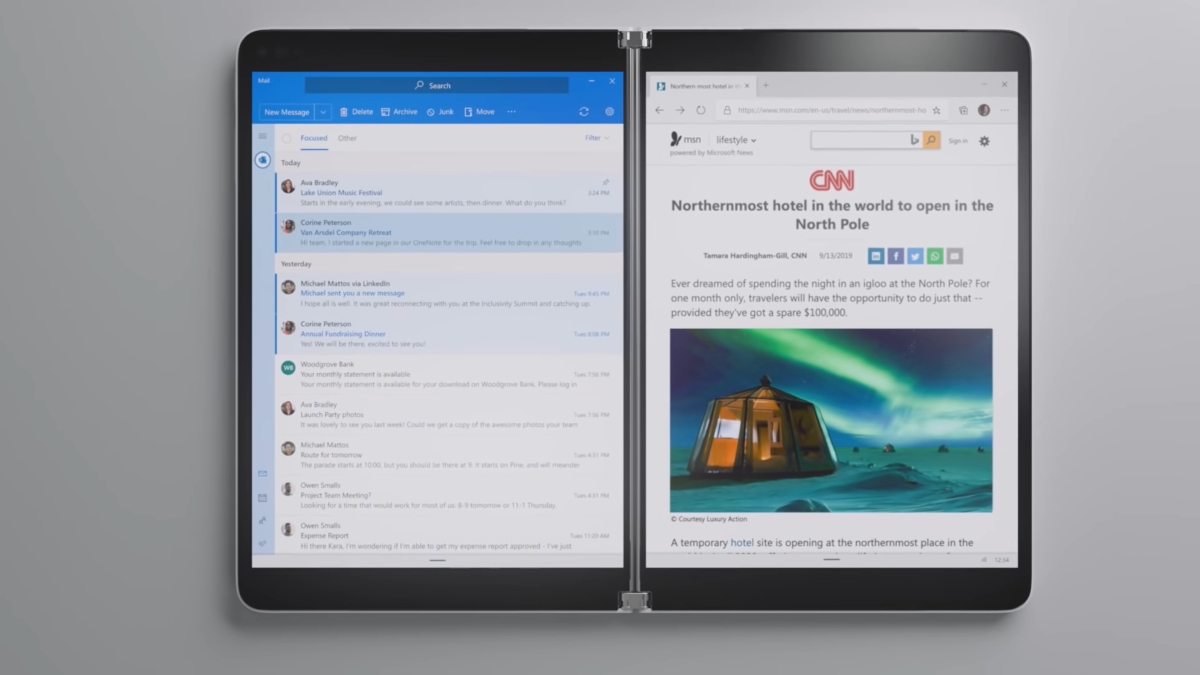
But, here’s the other big problem with these new Surfaces: they’re not ready yet. In fact, they won’t be ready until the holiday season of 2020, which is still some ways away. Now, at this point in time, one could already argue that these new Surfaces–although beautiful–look a little dated compared to a Mate X or a Galaxy Fold. Like, it’s just two screens attached with a hinge. More time will really only make this worse.
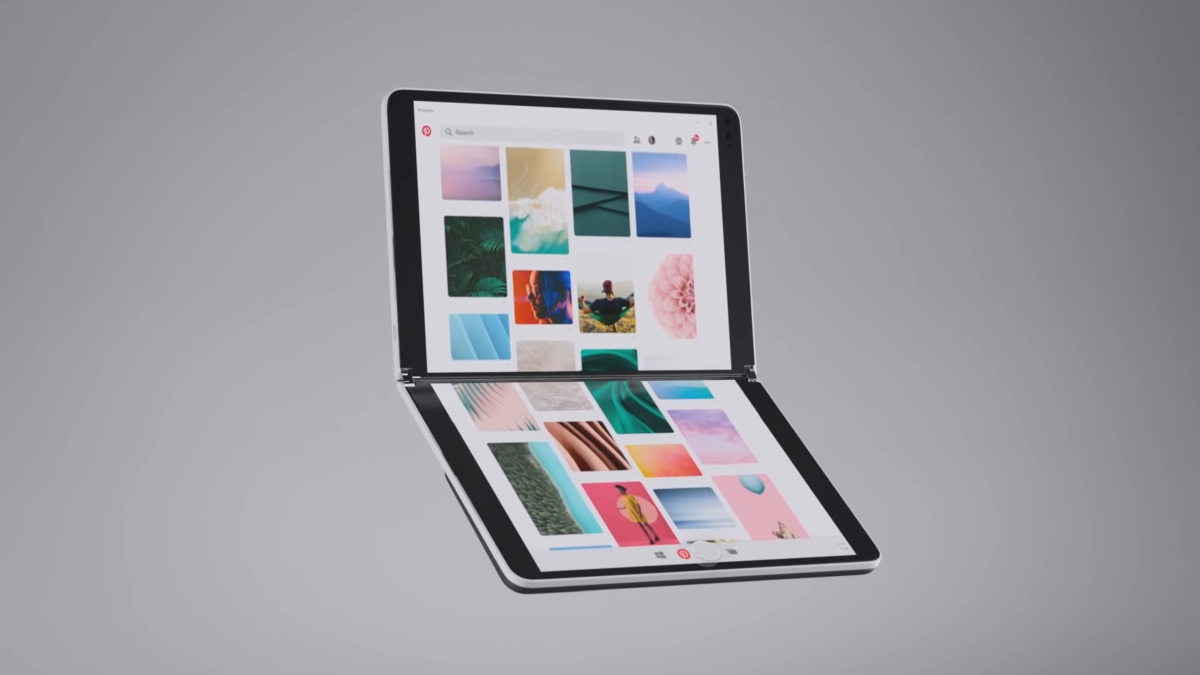
I’m honestly stoked to see these Surface devices in person, especially that Surface Neo. Although I have my reservations, I’m not going to write these products off until I’ve had the chance to spend some time with them.
What do you guys think? Let me know in the comments below.

